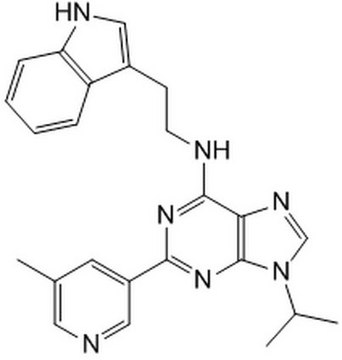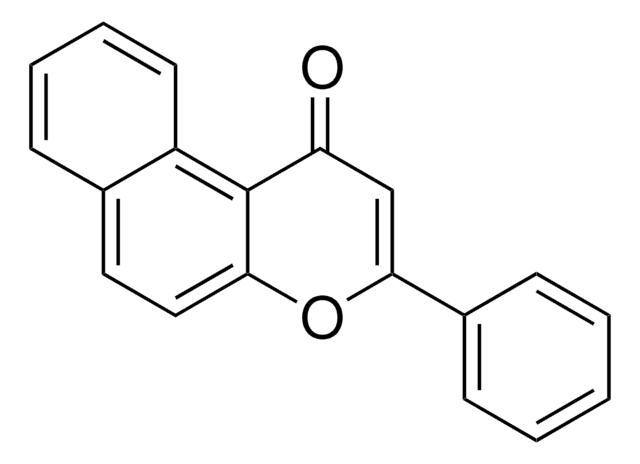48599
2,3,7,8-Tetrachlorodibenzo-p-dioxin solution
analytical standard
Synonym(s):
2,3,7,8-TCDD
About This Item
Recommended Products
grade
analytical standard
CofA
current certificate can be downloaded
packaging
ampule of 1 mL
storage temp.
2-8°C
InChI
1S/C12H4Cl4O2/c13-5-1-9-10(2-6(5)14)18-12-4-8(16)7(15)3-11(12)17-9/h1-4H
InChI key
HGUFODBRKLSHSI-UHFFFAOYSA-N
General description
Application
Signal Word
Danger
Hazard Statements
Precautionary Statements
Hazard Classifications
Aquatic Chronic 1 - Asp. Tox. 1 - Flam. Liq. 2 - Repr. 2 - Skin Irrit. 2 - STOT RE 2 - STOT SE 3
Target Organs
Central nervous system
Storage Class Code
3 - Flammable liquids
WGK
WGK 3
Flash Point(F)
39.2 °F - closed cup
Flash Point(C)
4 °C - closed cup
Regulatory Information
Choose from one of the most recent versions:
Already Own This Product?
Find documentation for the products that you have recently purchased in the Document Library.
Which document(s) contains shelf-life or expiration date information for a given product?
If available for a given product, the recommended re-test date or the expiration date can be found on the Certificate of Analysis.
How do I get lot-specific information or a Certificate of Analysis?
The lot specific COA document can be found by entering the lot number above under the "Documents" section.
Is Product No. 48599, 2,3,7,8-Tetrachlorodibenzo-p-dioxin solution, appropriate for use in tissue culture studies?
The 2,3,7,8-Tetrachlorodibenzo-p-dioxin solution (10 μg/mL in toluene), is sold as 1mL in a flame sealed ampule. It is made to be used as a chemical standard with US EPA drinking and wastewater analytical methods. We have no knowledge of its use in tissue culture.
Can I get pure 2,3,7,8-Tetrachlorodibenzo-p-dioxin from Sigma-Aldrich?
No; Sigma-Aldrich has no source for pure 2,3,7,8-Tetrachlorodibenzo-p-dioxin. It is only available as Supelco 48599: 2,3,7,8-TCDD, 10 μg/mL in toluene, ampule of 1mL.
What is the molecular weight of 2,3,7,8-Tetrachlorodibenzo-p-dioxin, Product 48599?
The molecular weight of 2,3,7,8-TCDD is 321.97 Da.
How do I find price and availability?
There are several ways to find pricing and availability for our products. Once you log onto our website, you will find the price and availability displayed on the product detail page. You can contact any of our Customer Sales and Service offices to receive a quote. USA customers: 1-800-325-3010 or view local office numbers.
What is the Department of Transportation shipping information for this product?
Transportation information can be found in Section 14 of the product's (M)SDS.To access the shipping information for this material, use the link on the product detail page for the product.
My question is not addressed here, how can I contact Technical Service for assistance?
Ask a Scientist here.
Our team of scientists has experience in all areas of research including Life Science, Material Science, Chemical Synthesis, Chromatography, Analytical and many others.
Contact Technical Service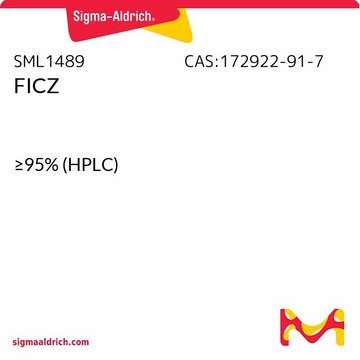

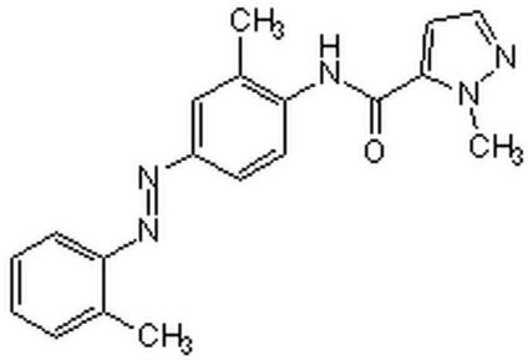
![Benzo[a]pyrene ≥96% (HPLC)](/deepweb/assets/sigmaaldrich/product/structures/253/820/be96d879-1811-46c0-8f11-612019691c2d/640/be96d879-1811-46c0-8f11-612019691c2d.png)
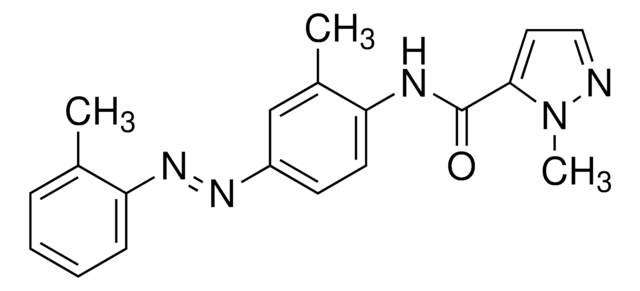
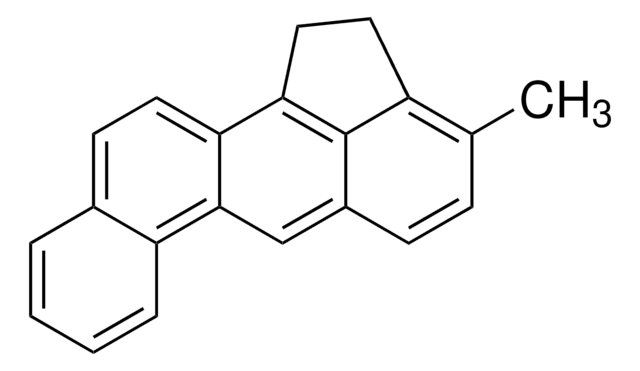
![7,12-Dimethylbenz[a]anthracene ≥95%](/deepweb/assets/sigmaaldrich/product/structures/412/055/38b415a1-d982-4da4-8ba4-593eef24ee6d/640/38b415a1-d982-4da4-8ba4-593eef24ee6d.png)
